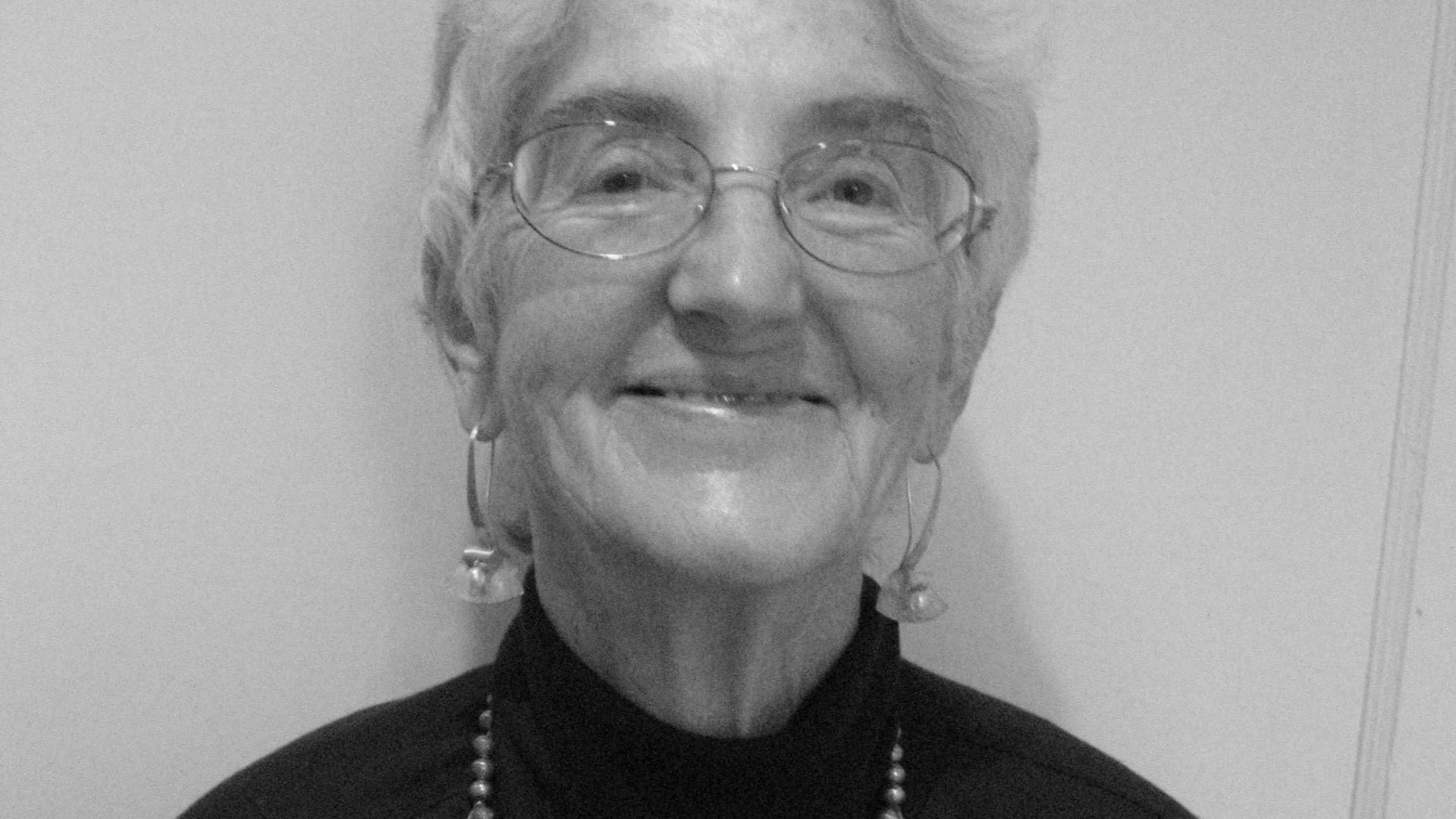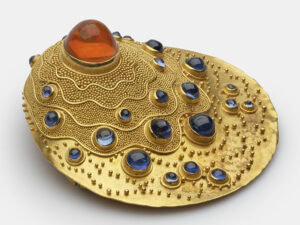If there’s one word I would disagree with in the title of this book, it would be ‘madness.’ This weighty volume (519 pages) with its black and white comic book-style cover is in fact an exciting tribute to the serious, fun, dangerous and voluptuously varied work of 77 past and present students of Otto Künzli, Professor of Jewelry and Holloware at the Munich Academy of Fine Arts.
Künzli’s students have three things in common. Coming from all over the globe, they are all fully trained gold- and silversmiths, they all rise to the thrill and danger of complete artistic freedom and they are prepared to take the time (up to five years) for what amounts to a post-postgraduate course in ornament as an art form. One student remembers this gem: when her work temporarily stalled, Künzli tersely told her to ‘Imagine the opposite.’
For the dedicated jewelry collector, this book is an excellent compendium of work by Künzli graduates, many of whom have become household names . . . like Bettina Dittlmann, Karen Pontoppidan and Karl Fritsch. More than 1000 pieces of jewelry are reproduced in the book and there are enough photographs of each jeweler to give a good idea of their work and, in many cases, how it is displayed and worn. There are also individual commentaries on 14 of the 77 artists, plus biographies of everyone at the back, the latter only useful if you know German.
Essays by Maribel Königer and Ellen Maurer Zilioli give some background about what they call ‘auteur’ – i.e. new, contemporary or art – jewelry and of the Munich Academy and the ‘Künzli’ school. Unfortunately, there are no photographs of the master teacher’s work, though Künzli does his best to describe his background and teaching philosophy. He says: ‘The works are as heterogeneous as they can be: amid wild and disorderly outbreaks of unhinged imagination there are still, delicate and poetic works.’ Photographs at the front of the students at work and play show that the whole experience must be a blast.
While The Fat Booty of Madness chronicles the work of the 2008 exhibition, these shows are held annually and cooperative events are held intermittently with the Rietveld Academie, the Sandberg Institute and the Hiko Mizuno College. If you can’t get to Europe or Tokyo in person, at least read the book!





